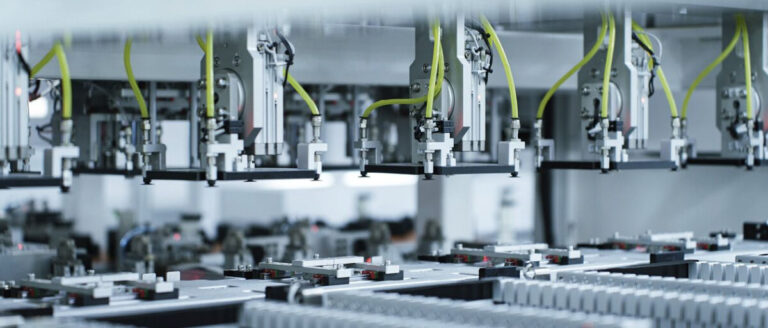Taipei-based intelligence agency TrendForce’s analysis shows that the average price for lithium iron phosphate (LFP) energy storage system cells continued to decline to CNY0.35/Wh ($0.049/Wh) in August. Meanwhile, demand for large-capacity cells continued to grow steadily.
As commodity prices continue to fall, the cost of battery cells is under downward pressure.
After the price of battery-grade lithium carbonate fell below CNY 90,000/ton ($12,654/ton) in July, a new all-time low was reached in August when the price fell further below CNY 80,000/ton, according to market analyst TrendForce.
The continued decline in cobalt and nickel salts also led to price declines for cathodes, electrolytes and other battery components.
Meanwhile, demand for battery cells for energy storage systems continued to improve in August, driving continued order growth of 314 Ah. The trend toward higher capacity energy storage cells remains unchanged and prices continued to decline, the analysts noted. The average selling price (ASP) for lithium iron phosphate (LFP) energy storage cells fell to around CNY 0.35/Wh in August – a monthly decline of 6%.
EV cell prices fell 4% month-on-month, and the average price for square LFP cells dropped below CNY 0.4/Wh, while square ternary and pouch ternary EV battery cells averaged CNY 0.46/Wh, respectively and CNY 0.48/Wh. .
Although the lithium oversupply is unlikely to reverse and the long-term trend for lithium carbonate prices will remain downward, a modest short-term recovery in lithium salt prices can be expected in the coming period with the arrival of the traditional peak season. (Sept-Oct). This is expected to lead to an increase in inventory activity downstream, following a period of inventory reduction across the supply chain.
According to TrendForce, cathode and battery cell makers are revising their production plans upward as downstream demand shows signs of recovery.
However, uncertainties remain for China’s NEV sector, which faces trade risks from tariffs in overseas markets such as the US, Canada and Europe. The US initially planned to impose a 100% tariff on Chinese-made electric vehicles from August 1, but this measure has been postponed. Canada plans to follow suit with a similar 100% tariff on Chinese-made electric vehicles, coming into effect on October 1.
TrendForce believes that given these uncertainties surrounding international tariff policy, battery makers may start stockpiling as lithium prices approach bottoming.
This content is copyrighted and may not be reused. If you would like to collaborate with us and reuse some of our content, please contact: editors@pv-magazine.com.


